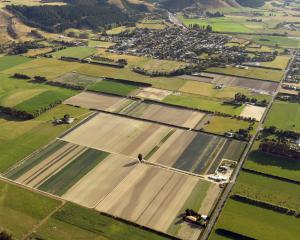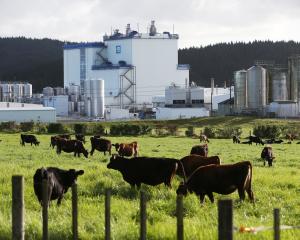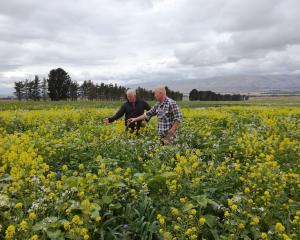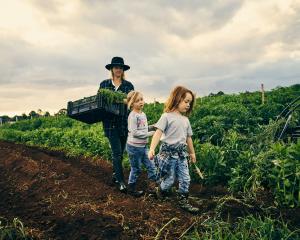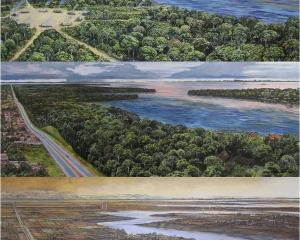We have a dominant food system that does not reward sustainable food producers for positive outcomes and actually subsidises unsustainable farming practices. But what if that changed? Would a more sustainable food system take the place of the existing dominant conventional food system?
We can fairly easily sketch out a caricature of the dominant food system. It might consist of vertically integrated grocery and restaurant chains that source food from centralised food distributors and processors who in turn source agricultural products from large-scale producers. It is dependent on standardised and specialised production processes that are able to take advantage of economies of scale, cheap energy and global trade agreements to allow production and consumption links to span great distances.
In short, it is a food system where profitable farming practice requires high capital costs, greater land area, greater specialisation, higher levels of fertiliser inputs and greater reliance on fossil fuels, dams and irrigation. It creates high levels of production, but has many negative social and environmental consequences. It is a food system that allows for a loaf of white bread to sell for $2.50.
In contrast, we can imagine what a more sustainable food system might look like. It might consist of farmers markets, community support agriculture, small-scale organic production, agroecology and retail stores and restaurants that source agricultural products on a seasonal basis directly from more localised sources.
Such a food system could be characterised by tighter linkages between producers and consumers, where trust and relationships are valued over efficiency and where products are traded on the basis of social, environmental, nutritional and health qualities. It is a food system that allows for a loaf of organic rye bread to sell for $6.
Critics often argue that while a more sustainable food system would be nice, it just simply is not economically feasible. It is also tiny when compared to the dominant food system.
Take organic food as an example. While there has been impressive growth in the sale of organic food products in New Zealand (roughly 25% between 2009 and 2012, based on Organics Aotearoa NZ report), it still accounts for only about 1% of New Zealand's total household food expenditure.
But what would our food system look like if we had to pay the true cost of food? What if the price of our food not only accounted for the costs of production, processing, transportation, etc, but also the environmental and human health costs and accounted for nutritional value? That loaf of white bread made from genetically modified, pesticide› laden wheat from a monoculture field in the US might cost more than the loaf of organic rye bread from a multi-crop South Canterbury farm.
Perhaps it is time we started to place a true value on food and those that produce it.
In the context of increasing child poverty and rising inequality, to do so also requires paying attention to the true value of all citizens through living wages and suitable income supports so we all have the ability to participate in a more sustainable food system.
- Sean Connelly is a lecturer in the department of geography at the University of Otago. Every week in this column one of a panel of writers addresses issues of sustainability.

